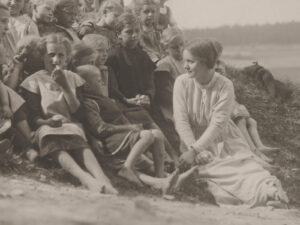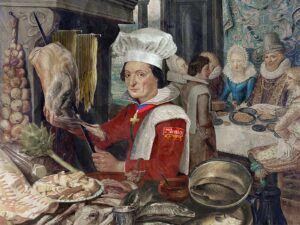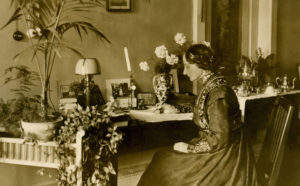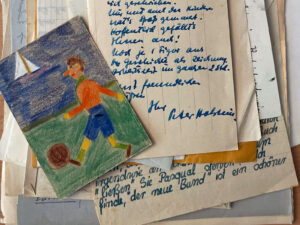
“This is the best book I’ve ever read!”
The estate of Lisa Tetzner and Kurt Kläber contains letters from their young readers that highlight how the books resonated with people.
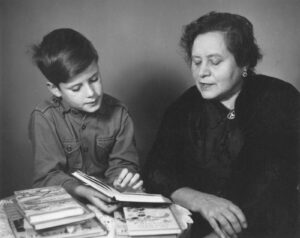
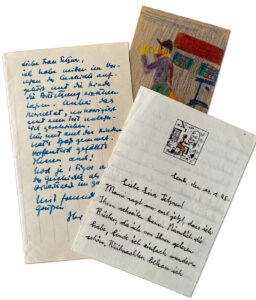
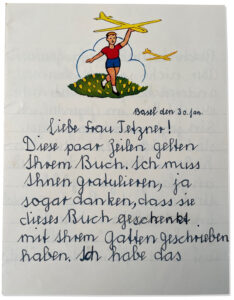
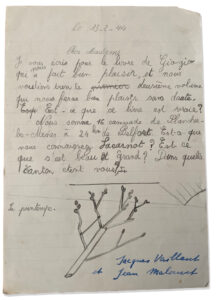
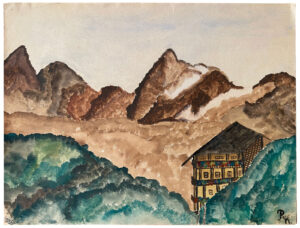
Red-haired Zora and the Black Brothers
Written more than 80 years ago in the Swiss canton of Ticino, two particular novels for young people continue to touch and move their readers. They are Die rote Zora und ihre Bande (published in English as ‘The Outsiders of Uskoken Castle’ and featuring the red-haired Zora of the German title) and Die Schwarzen Brüder (‘The Black Brothers’). Behind these two classics are two German authors, both writing and life partners, who fled to Ticino when the Nazis came to power. In their work, Lisa Tetzner and Kurt Kläber also processed parts of their personal histories, conveying issues such as poverty and social injustice to their young readers. The exhibition traces Tetzner and Kläber's life in Germany and Switzerland, and examines what makes their famous books so popular.

